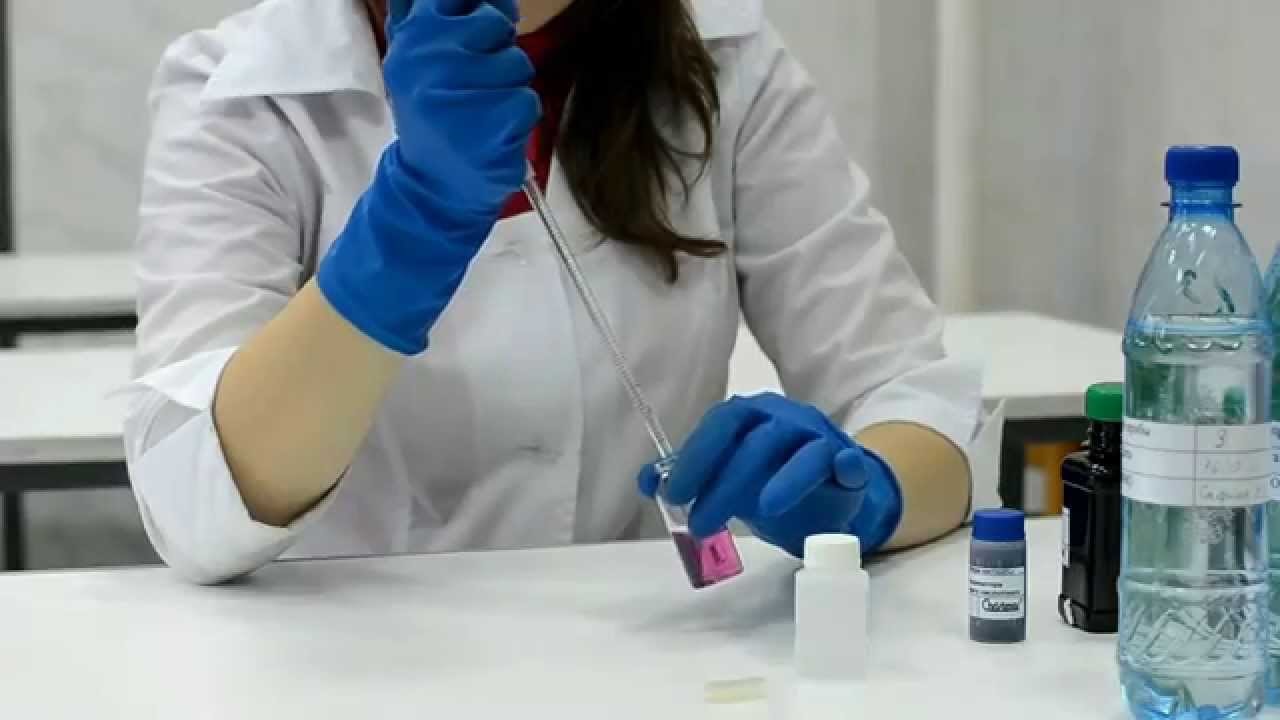In the water quality test, some items need to digest the sample, so as to ensure the accuracy of the test results. However, different water samples or different test items use different methods during digestion. For example, in the detection of heavy metal copper in water, if the content of divalent iron in the collected water sample is relatively high, it will affect the measurement result. At this time, it is necessary to add tartaric acid to the water sample to eliminate it. In addition, as in the detection of parameters such as total nitrogen and COD, the water sample needs to be digested by high temperature during the detection operation. The purpose is to remove the interference in the water sample to improve the accuracy of the measurement result.
In fact, digestion is the use of acid and high temperature to destroy the organic matter in the water sample, making it impossible to interfere with the measurement result. In the water quality test, the sample digestion methods are more commonly used, there are two kinds of mild digestion method and violent digestion method.

1. For some water samples that need to be stored for a long time, if the detection method allows, appropriate concentrated nitric acid, concentrated sulfuric acid, etc. can be added for storage during collection. This can inhibit biological activity in the water sample.
2. Take 100 mL of the well-mixed sample into a beaker or flask, and add 5 mL of 1+1 hydrochloric acid.
3. Heat the sample in a water bath or steam bath, do not boil until the water sample is reduced by 15-20mL.
4. Filter the water sample to remove all insoluble impurities.
5. Add 5.0mol/L sodium hydroxide solution to adjust the digestion water sample to make the pH of the water sample=4. Be sure to check the current pH after each drop of sodium hydroxide.
6. Pour the sample into a volumetric flask, dilute it to the mark with laboratory first-grade pure water, and then perform the test. Everyone should note that the volumetric flask must be cleaned with laboratory pure water before it can be used. If it is a heavy metal water sample, the volumetric flask must be pickled before it can be used.
7. Use the above steps to perform reagent blank test for laboratory pure water.

Sometimes the mild digestion method cannot remove the interferences in the water sample, such as detecting the heavy metal parameters of the wastewater. This requires a more violent digestion method to remove all interfering organic matter in the water sample.
1. Acidify all the water samples with re-vaporized 1+1 nitric acid solution to make the pH<2.
2. According to the relevant operating standards, add the appropriate amount of water sample to the beaker that has been processed, and add 3 mL of re-steamed concentrated nitric acid to the beaker.
3. Put the beaker on a water bath or steam bath and heat it until it almost evaporates. Do not make the water boil during this process.
4. After cooling the beaker, add 3 mL of concentrated nitric acid.
5. Cover the beaker with an evaporating dish or watch glass, and increase the temperature of the water bath or steam bath to heat it. Until the digestion water is clear or the color no longer changes with the reflux.
6. Reheat the beaker until it is almost evaporated to dryness and cool the beaker. If there are still suspended solids and sediments found during the operation, 1+1 hydrochloric acid can be added for digestion, and the final water sample can refer to the violent digestion volume table.
7. After heating the beaker, slowly add 5.0 mol/L sodium hydroxide to make sure that the pH value of the water sample is measured after it is completely fused with the water sample to ensure that the water sample pH=4.
8. Transfer the water sample to a volumetric flask and dilute it with laboratory pure water. Refer to the violent digestion volume table for the final diluted water sample.
9. The final result of the water sample can be obtained by multiplying the analysis result by the correction factor.
10. Carry out the blank test test with laboratory pure water according to the above steps.

The above is the commonly used water quality test sample digestion method
最新动态
相关推荐